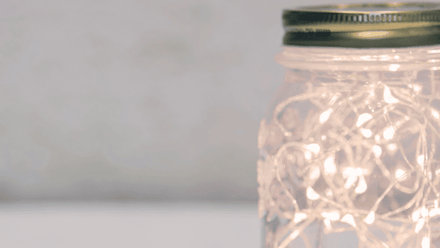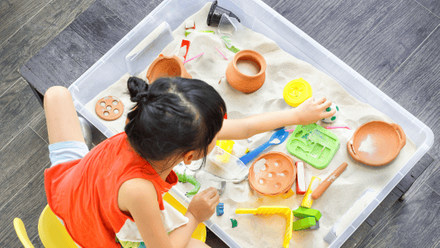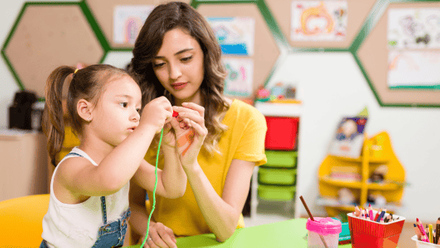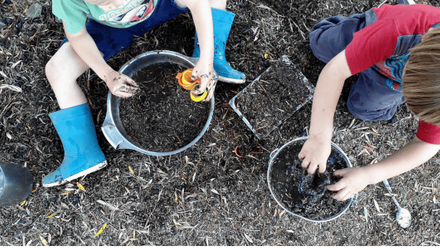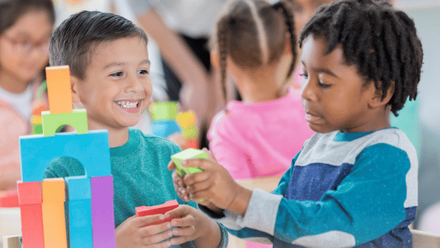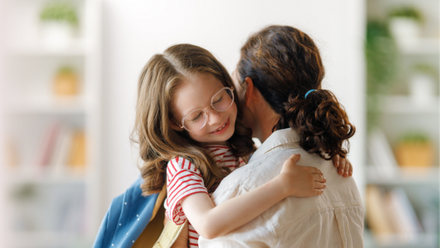The great toy debate! Plastic vs. wood in early education and care
The world of children’s toys is a labyrinth of early learning resources. Our first best friends in the form of stuffed animals with kind eyes, our first cars with bright wheels and illuminated faces, our first sense of independence as we open shopfronts and cook up concoctions in our very own restaurants.
Children learn through play and play is in part facilitated by the toys children interact with. Whether it’s to promote imagination through loose parts play, communication development through an extravagant tea-time in the roleplay area, or creative thinking through building with bricks, toys play a critical role in a child’s learning experiences and wider development. As sustainability becomes a growing issue also within the early education and care sector, one debate emerges above the rest when it comes to making decisions about the toys we purchase and choose to interact with: plastic vs wooden.
The debate
Plastic toys are a modern revelation for wipe-clean, bright and versatile resources. They offer a variety of uses, are hygienic, cost-friendly and accessible, but their production holds long-lasting environmental concerns. Let’s have a look at the case for plastic toys.
Hygiene matters
In the past few years, cleanliness and hygiene routines have become a priority for early education and care professionals, who played a pivotal role as keyworkers during the COVID-19 pandemic. Strict regulations were implemented to ensure everyone’s safety during interactions in a workplace where social distancing is impossible, including routine cleaning of toys.
Today, it is recommended that toys are cleaned on a daily basis with occasional ‘deep clean’ sessions of equipment to maximise hygiene practices. Plastic toys are our friends when it comes to hygiene, allowing us to immerse plastic in sterilising solutions to ensure full protection and wiping down toy surfaces where this is not appropriate. Not only does it ensure we can effectively clean on a routine basis but also allows spot-cleans throughout the day when we catch a rogue sneeze on the car track or a building block in a toddler’s mouth.
Cost-friendly
Plastic toys are often cheaper than other materials because of their wide availability. This makes the toys an inclusive option for all backgrounds, where plastic toys are a popular choice for a variety of retailers, including charity shops and discount stores. Financial accessibility is a prevalent issue in the ongoing cost of living crisis, where approximately 3 in 10 children in the UK live in poverty. Low-cost resources made from plastic are a more viable option for children to engage with when financial strains impact every avenue of daily life.
Accessible
Aside from cost, plastic toys are more accessible in their variety and form. When it comes to play, representation matters, so it’s important that the toys children interact with are reflections of their own experiences of the world.
But it’s not just about the role models and visual representations that plastic toys have produced. The electronic component of plastic-based electronic learning devices allows children to interact with audio-based play, too. LEGO Braille Bricks are also an accessible resource that provides an additional avenue for playful experiences to children who are visually impaired.
Environmental issues
The elephant in the room is the environmental implications of plastic manufacturing. 90% of the world’s toys are made of plastic materials and have a low recyclability rate, contributing to our current and increasing climate crisis. With a huge amount of working toys being thrown away to landfill, ‘throwaway culture’ is a problem for childhood toys as much as any other resource.
There are also concerns about the condition of plastic products being manufactured with a dangerous level of chemical content, posing a risk to children’s safety.
Durability
Whilst plastic toys are durable from a hygiene perspective – waterproof and resilient to getting messy – plastic toys’ lifespans are often shortened by their daily, heavy use in a setting. Toys left outside in the sunshine and snow are prone to brittle breaks with little options for treatments to extend lifespan, other than to ensure they are tidied away. For outdoor spaces who rely on the water-resistant qualities of plastic toys to leave them outside due to space, this offers little help for ensuring long-lasting use of plastic resources. Similarly, resources are there to be played with and enjoyed, which can sometimes involve creative uses that might result in unintended damage of vulnerable corners and loose parts breaking off, posing a danger for small children.
Wooden toys have been around for much longer than their plastic counterparts, holding a traditional value for early learning across centuries. They are more environmentally friendly and a sturdy addition to the playroom, but they are typically more expensive and not as available in variety. Let’s take a look at the strengths and disadvantages of wooden toys.
Environmental impact
Wooden toys have been praised for their eco-friendly benefits as a biodegradable and renewable alternative material for toy production. Not only is the wood a resource that can be recycled and renewed, but also offers greater opportunities for maximising sustainable sourcing. Unlike the concerns for chemicals found in the production of plastic toys, wooden ones are often treated with non-toxic solutions to help preserve and decorate in a safe way for all.
Creative appeal
Play is all about encouraging creativity and imagination! Toys that offer greater opportunities for children to navigate their own play are often ones where minimal direction is indicated in the appearance and set-up of the resource, such as that of loose parts play. The minimalist approach often found with wooden toys creates a valuable opportunity to maximise creative thought by allowing children to repurpose toys for their own play. The limits to representation are seemingly boundless by the ways in which imagination is invigorated through these toys.
Longevity
Wooden toys are less prone to damage and breaks because of their solid nature. In case of breakages, wooden toys are less likely to snap and result in sharp corners and small choking hazards.
From a financial perspective, this also means that toys are more durable and cost-efficient as they can be renovated and repurposed in many ways that stand the test of time…and toddlers!
Cost
Wooden toys have been around for centuries but, in coming back to fashion recently, are more expensive than their plastic counterparts. This makes their affordability an issue of access for many, including settings in the face of current sector-wide financial struggles. For families, this also makes accessing wooden toys a difficulty when plastic alternatives are not only cheaper but are more available too.
Hygiene
Unless treated and water-sealed, wooden materials are porous, meaning they take in water. This makes the submerging sanitisation methods used for plastic materials an ineffective cleaning method for these resources as they will absorb chemicals that children could intake if putting toys in their mouths. It also impacts the colour and durability of water-sealant to leave them in the water for longer periods of time. Instead, it’s recommended to wipe clean with a safe solution. It’s important to ensure the toys are fully dried before storing to stop bacteria growth, which makes the cleaning process a longer one for busy professionals in a settings, especially those that are pack-away..
So, what do you think? The choice between plastic and wooden toys is not a simple one, and every individual setting and child will have different requirements.
It’s clear that we cannot eradicate plastic toys at present. It’s about utilising the resources we currently have and making them long-lasting and sustainable in their use. Plastic toys may be ideal for specific learning activities, such as counting or fine motor skill development, where variety and precise shapes are important whilst wooden toys can be harnessed from their creative value in open-ended, imaginative play that fosters creativity and growth.
Ultimately, the priority is to select toys that are safe, engaging and aligned with the developmental needs of the child, while also considering the broader impact on the environment. This might be done by searching second-hand platforms to purchase pre-loved toys in good condition, or by making our own opportunities from loose parts and junk modelling activities. And remember, wood and plastic are not the only materials for play! Utilising other resources, such as metal pots and pens, felt pieces and fabric toys, all contribute to a diverse learning experience to be enjoyed by all.
By weighing the strengths and weaknesses of both sides, we can work towards creating a balanced and enriching play environment that supports healthy development.

